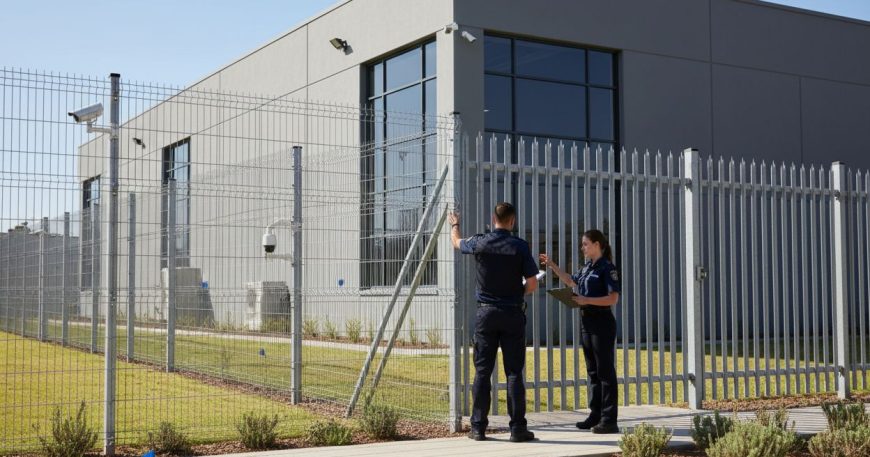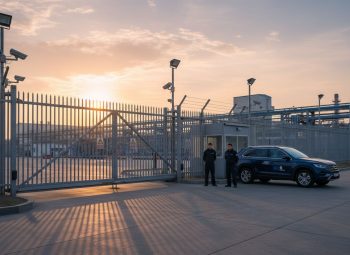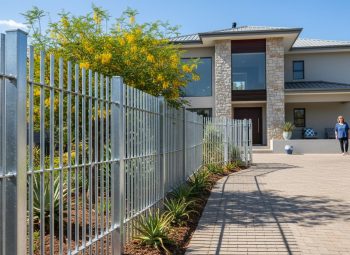Did you know that over 60 percent of property perimeter breaches occur because of insufficient or outdated fencing? Choosing the right security barrier is more than just a visual upgrade, it is a key step in protecting people and valuable assets. Whether you manage a high-security facility or safeguard a residential area, understanding the differences between Clear View and Palisade fencing helps you make a smarter choice that matches your site’s needs.
Key Takeaways
| Point | Details |
|---|---|
| Security Solutions | Clear View and Palisade fencing offer distinct features tailored to different property security needs. Clear View excels in visibility and modern aesthetics, while Palisade provides traditional physical deterrence. |
| Cost Factors | Pricing for fencing solutions varies; Clear View ranges from R1,000 to R1,300 per metre, while Palisade ranges from R900 to R3,000+ per metre. Factors include material type, design complexity, and installation specifics. |
| Installation Differences | Clear View fencing allows for quicker, modular installation, while Palisade requires more precise preparation and installation. Material selection also varies, impacting durability and maintenance. |
| Use Cases | Clear View fencing is ideal for public and high-security spaces requiring visibility, whereas Palisade fencing suits robust industrial environments needing physical barriers. |
Table of Contents
- What Clear View And Palisade Fencing Are
- Comparing Security And Visibility Features
- Cost Structure And Pricing Factors
- Installation And Material Options
- Use Cases And Practical Applications
What Clear View And Palisade Fencing Are
Clear View and Palisade fencing represent two distinct yet powerful perimeter security solutions, each offering unique characteristics tailored to different property protection requirements. Understanding their fundamental differences helps property owners and security managers select the most appropriate barrier for their specific needs.
According to research from Clear View Fencing specialists, Clear View fencing consists of tightly welded mesh panels with extremely small apertures ranging from 12.7mm to 50mm. These panels are engineered to be anti-cut and anti-climb, providing exceptional security while maintaining remarkable visibility. The design allows unobstructed visual monitoring, making it ideal for locations requiring comprehensive surveillance like enhance your property with Clear View fencing, industrial complexes, and high-security zones.
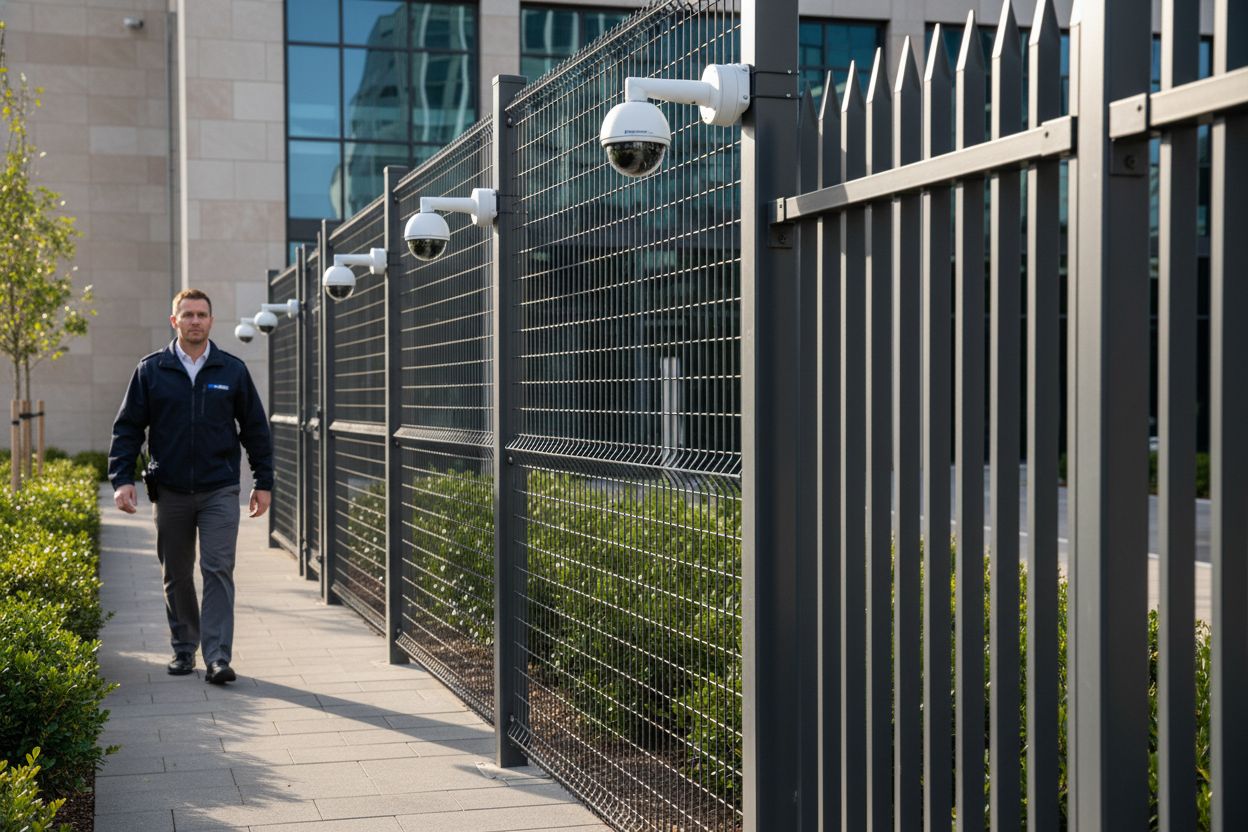
In contrast, Palisade fencing represents a traditional security barrier featuring vertical steel or PVC pales with distinctive pointed tops. This fencing style offers robust perimeter defense characterized by:
- Strong physical deterrence
- High durability
- Straightforward installation process
- Resistance to external impacts
While both fencing types prioritize security, Clear View fencing provides superior visibility and modern aesthetic appeal, whereas Palisade fencing delivers a more classic, intimidating boundary marker.
The choice between them depends on specific security requirements, architectural context, and visual preferences of the property in question.
Comparing Security And Visibility Features
When evaluating perimeter security solutions, security and visibility emerge as critical factors that distinguish Clear View and Palisade fencing systems. Each approach offers unique strengths in protecting properties while maintaining different levels of visual transparency.
Here’s a comparison of the security and visibility features:
| Feature | Clear View Fencing | Palisade Fencing |
|---|---|---|
| Security Level | Anti-cut Anti-climb |
Strong physical deterrent |
| Visibility | Unobstructed High transparency |
Moderate Gaps between pales |
| Design | Modern mesh Welded joints |
Vertical pales Pointed tops |
| Surveillance Integration | Seamless with CCTV Unobstructed views |
Limited Potential obstructions |
| Deterrence Factor | Subtle Less intimidating |
Intimidating Classic boundary |
According to research from Clear View fencing specialists, Clear View fencing provides exceptional security through its innovative design. As documented at ClamberPrufe Clear View Fencing, the tight mesh and welded joints create a formidable barrier that is highly resistant to climbing and cutting tools. The key security features include:
- Extremely small mesh apertures (12.7mm to 50mm)
- Welded joint construction
- Unobstructed visual monitoring capabilities
- Seamless integration with surveillance systems
Palisade fencing, by contrast, prioritizes physical deterrence through its robust vertical structure. The pointed tops and solid steel or PVC pales create an intimidating boundary that discourages unauthorized entry. While visibility is maintained through gaps between pales, the primary focus remains on creating a strong physical barrier. This approach offers:
- Vertical pales with pointed tops
- Strong visual deterrent effect
- Robust resistance to external impacts
- Traditional security perimeter design
Ultimately, the choice between Clear View and Palisade fencing depends on specific security requirements, aesthetic preferences, and the precise surveillance needs of the property. Clear View fencing excels in environments demanding high visibility and sophisticated security, while Palisade fencing provides a more traditional, physically imposing security solution.
Cost Structure And Pricing Factors
Fencing costs represent a critical consideration for property owners evaluating Clear View and Palisade security solutions. The pricing landscape involves multiple variables that significantly impact overall investment, making a comprehensive understanding essential for budget-conscious decision makers.
According to research from local pricing experts, Clear View mesh fencing in South Africa typically ranges from R1 000 to R1 300 per metre. The price fluctuates based on several key factors:
- Security level requirements
- Coating type (galvanised vs PVC)
- Additional security features
- Complexity of installation
- Specific property dimensions
Palisade fencing presents a broader pricing spectrum, with installation costs ranging from R900 to R3 000+ per metre. This wide range reflects significant variability in material selection and project complexity. Pricing depends on:
- Material composition (steel or PVC)
- Fence height specifications
- Design intricacy
- Site-specific installation challenges
- Protective coating requirements
While initial costs are important, property owners should consider long-term value. Clear View fencing often provides superior long-term investment through enhanced durability, minimal maintenance requirements, and superior surveillance capabilities. Palisade fencing, with its robust traditional design, offers reliable perimeter protection at potentially lower upfront costs. The ultimate choice requires balancing immediate budget constraints with long-term security and maintenance expectations.
Installation And Material Options
Material selection and installation complexity play pivotal roles in determining the effectiveness and longevity of perimeter security fencing. Both Clear View and Palisade fencing offer distinct approaches to material composition and installation techniques that cater to diverse security requirements.
Clear View fencing typically involves welded mesh panels constructed from high-grade steel or galvanized wire. The installation process focuses on creating a seamless, rigid barrier with minimal gaps. Key material characteristics include:
- Tight mesh apertures (12.7mm to 50mm)
- Galvanized or powder-coated steel construction
- Modular panel design for flexible installation
- Adaptable to uneven terrain
- Minimal post and foundation requirements
According to local fencing installation experts, Palisade fencing offers more traditional installation options with two primary material choices:
- Steel palisade (R1 800–R2 200 per metre)
- PVC palisade (R1 100–R1 600 per metre)
- Heights ranging from standard residential to industrial-grade (up to 3m)
- Vertical pale configurations with pointed or rounded tops
- More complex foundation and post installation requirements
The installation approach differs significantly between these systems. Clear View fencing emphasizes quick, modular installation with panels that can be easily adjusted to property contours, while Palisade fencing demands more precise ground preparation and potentially deeper foundations. Property owners should consider site-specific terrain, security needs, and long-term maintenance when selecting their preferred fencing solution.
Use Cases And Practical Applications
Security fencing serves diverse purposes across various sectors, with Clear View and Palisade systems offering tailored solutions for different environmental and operational requirements. Understanding their specific applications helps property managers and security professionals make informed decisions.
According to research from Clear View fencing specialists, ClamberPrufe Clear View fencing excels in environments demanding high visibility and sophisticated security. Typical use cases include:
- Government facilities like schools and clinics
- Municipal buildings and public housing
- Educational institutions
- Healthcare complexes
- High-security perimeters requiring constant visual monitoring
- Areas with CCTV surveillance requirements
Conversely, Palisade fencing is traditionally preferred in robust industrial and commercial settings. As documented by local security infrastructure sources, its primary applications encompass:
- Industrial factory perimeters
- Commercial property boundaries
- Parking lot security
- Residential estate demarcation
- Warehousing and logistics facilities
- Construction site temporary security
While both fencing types provide security, their application differs significantly. Clear View fencing prioritizes transparency and integrated surveillance, making it ideal for public spaces and institutions. Palisade fencing offers a more traditional, physically imposing barrier suitable for environments requiring immediate visual deterrence and robust perimeter control. The ultimate selection depends on specific security objectives, aesthetic preferences, and operational context.
Transform Your Perimeter With Custom Security Solutions
Choosing between Clear View and Palisade fencing means weighing your need for visibility, security and modern design. The guide above explains that property owners often struggle to balance advanced protection with aesthetic appeal. Many worry about poor visibility, complicated installation, and whether their fence will actually deter intruders. At Jumalu Tech, we understand your concerns about anti-climb, anti-cut features and long-lasting value.
Find real peace of mind by exploring our Clear View Fencing options built for South African homes and businesses seeking world-class security without giving up a professional look.
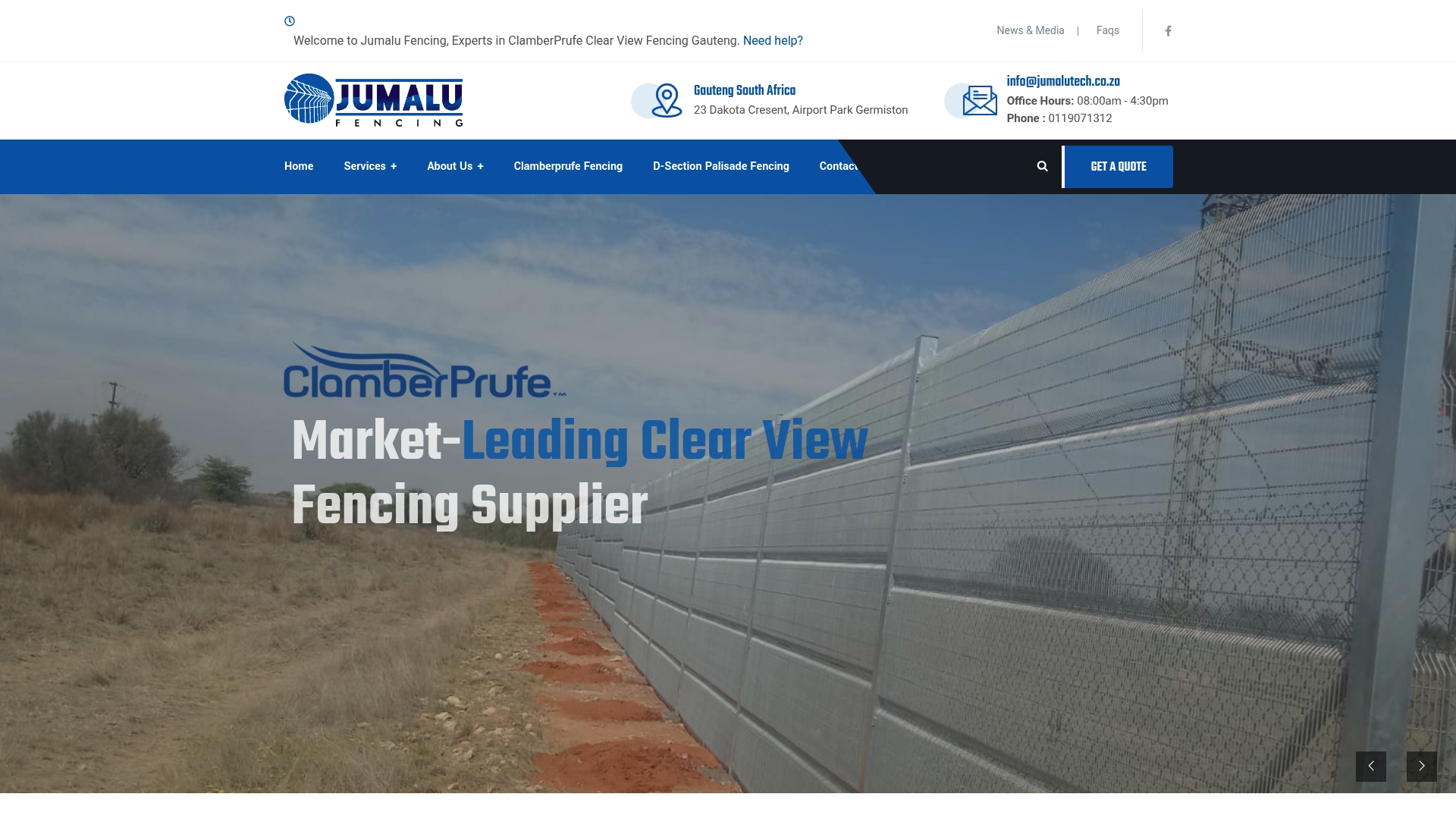
Let us help you create a safe and attractive perimeter. For tailored advice and a full range of high-security solutions, visit our High Security Fencing page or contact us today at Jumalu Tech. Secure your property with confidence and get your personalised quote now.
Frequently Asked Questions
What is Clear View fencing?
Clear View fencing consists of tightly welded mesh panels with very small apertures, designed for security while allowing high visibility. It’s anti-cut and anti-climb, making it suitable for environments requiring constant surveillance.
How does Palisade fencing differ from Clear View fencing?
Palisade fencing features vertical steel or PVC pales with pointed tops, providing a strong physical deterrent. It emphasizes robust perimeter defense and is considered more traditional compared to the modern design of Clear View fencing.
What are the security features of Clear View fencing?
Clear View fencing offers anti-climb and anti-cut security features, robust welded joints, small mesh apertures, and unobstructed views for effective surveillance, making it a strong choice for high-security areas.
What factors affect the cost of Palisade fencing?
The cost of Palisade fencing can vary based on material composition (steel or PVC), height specifications, design complexity, site-specific installation challenges, and protective coating requirements.



